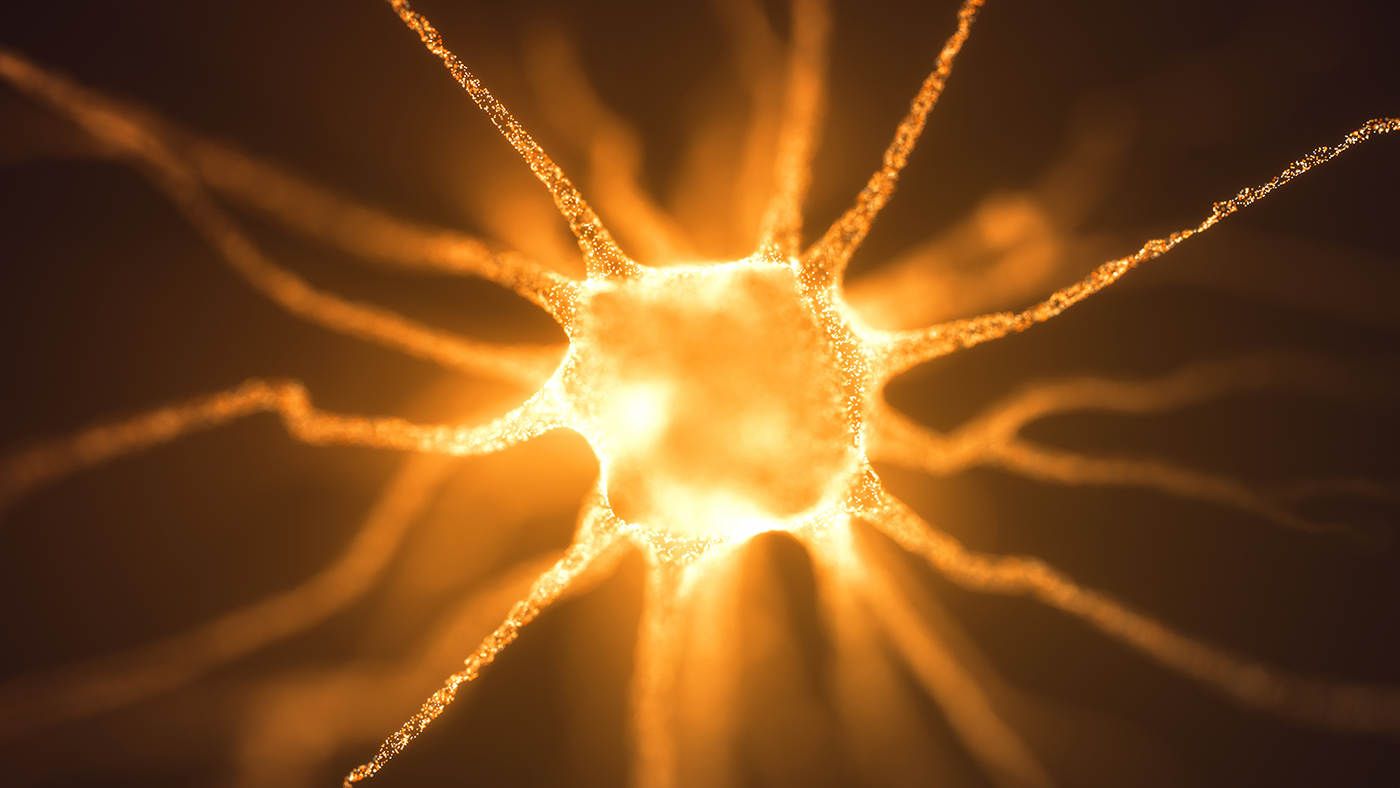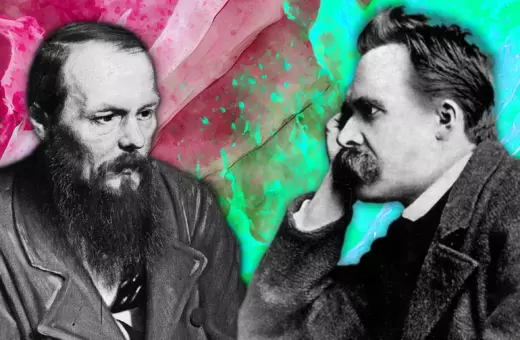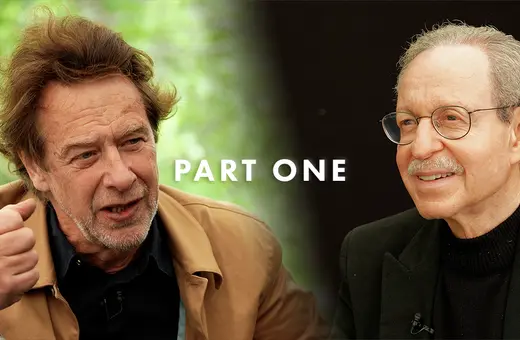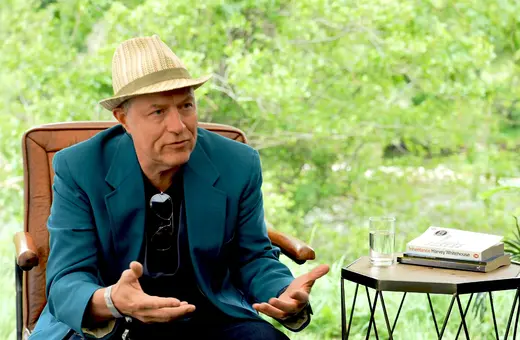From Plato to particle physics, the search for reality’s ultimate building blocks has long been seen in the West as promising to reveal life’s deepest truths. But this approach has run into all sorts of trouble. Chinese Huayan philosophers see this search for one fixed fundamental ground of reality as a mistake. Philosopher of science Nicholaos Jones here uses the Huayan idea of “partial truth” to argue that there are multiple ways to conceive of reality’s foundations, each of which illuminates a different aspect of a complete truth which no single mind can ever fully grasp. Instead, by learning to move freely between these different partial truths, we can take pleasure in their kaleidoscopic variety.
1. The structure of reality and the meaning of life
Plato imagined ordinary objects as combinations of air, earth, fire and water, and he imagined these four elements as combinations of right-angled triangles. Colossians 1:16–17 declares that all things are created through, depend upon, and aim toward God. Spinoza argued that everything other than God is a mode of God. Sabine Hossenfelder, in Existential Physics, maintains that “one of the best established facts about nature” is that “things are made of smaller things, and if you know what the small things do, then you can tell what the large things do.” All of these proposals concern reality’s fundamental structure—relations whereby some items of reality are more fundamental than others. For Plato, triangles are more fundamental than everything else. For Spinoza and the author of Colossians, God is more fundamental. For Hossenfelder, small things—the elementary particles of physics—are more fundamental than larger ones.
People care to know about reality’s fundamental structure, in part, because they desire some sense of where and how they fit into the grand scheme of things. A life made through and for God, for example, has a different sort of meaning than a life made through particle interactions and for nothing in particular. It’s no accident, I think, that just as Spinoza’s investigation of reality’s fundamental structure culminates by demonstrating the superiority and meaningfulness of living in accordance with reason, Hossenfelder’s concludes with an existentialist recommendation to find your own meaning.
One tempting thought about reality’s fundamental structure is that it’s fixed or determinate, so that if one item of reality is more fundamental than another, then any proposal to the contrary—any proposal which reverses the direction of fundamentality—must be incorrect. Denying this seems to entail that reality is somehow inconsistent, structured so that something is simultaneously more and less fundamental than something else. Denying it also seems to defeat the desire to find life’s meaning. After all, if lifeless particles are more fundamental than anything else, and yet at the same time Colossians is correct that God is more fundamental than elementary particles, it’s unclear whether our place in the grand scheme of things is due to divine creation or mindless physics.
2. Buddhism from India to China, and the idea that reality’s structure is not fixed






















Join the conversation